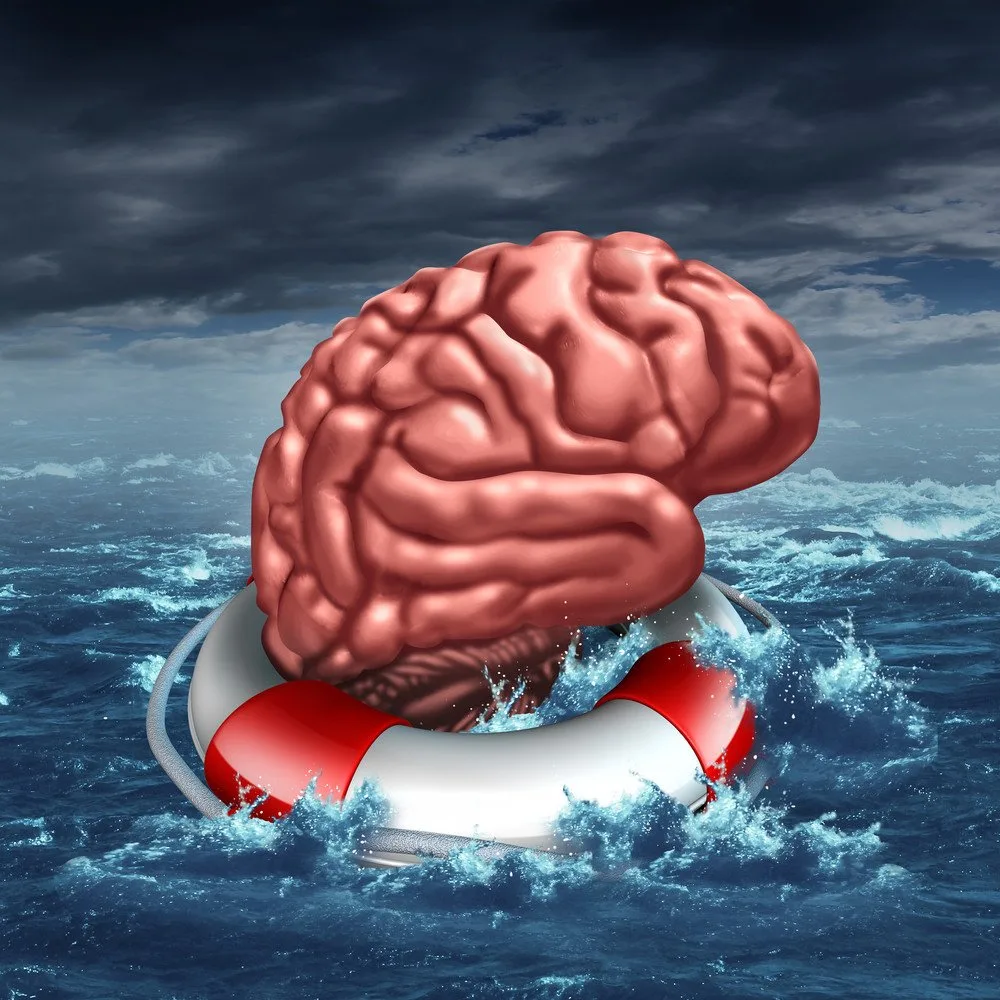In recent years, non-communicable diseases (NCDs) have risen in prominence on the global public health agenda.NCDs are not passed from person to person but are typically the result of a combination of genetic, physiological, environmental ad behavioral factors, and they tend to progress slowly. The most common NCDs include cardiovascular diseases (such as heart attacks and stroke), cancers, chronic respiratory diseases and diabetes. The focus on NCDs has primarily been on reducing mortality caused by these diseases, and the massive social and economic impacts of conditions which cause blindness largely ignored. The World Health Organization (WHO) maintains that as much as 80% of all blindness and vision impairment is preventable or treatable – and that the percentage of preventable blindness arising from NCDs, such as cataracts, glaucoma, diabetic retinopathy and age-related macular degeneration (AMD) is higher still.
How do non-communicable diseases affect the eyes?
The fact that people are living longer has led to a spike in blindness arising from chronic diseases over the past few decades, particularly as NCDs tend to affect people between the ages of 30 and 69. Chronic eye conditions affect an increasing number of people and pose a major challenge to older people’s health as blindness causes significant disability.
“There are several non-communicable or chronic eye conditions, which pose a significant threat to people’s vision,” says Dr Lourens Coetzee, founding member and ophthalmologist at Envision Centre for Sight. “Some, including diabetic retinopathy, glaucoma and macular degeneration, affect the back part of the eye and cannot be cured, but should be managed for the patient’s lifetime. Other chronic conditions, like cataracts, affect the lens and can be cured by surgery.”
Medical aid cover for NCD-related blindness
Cataracts, glaucoma, AMD and diabetes are all prescribed minimum benefit (PMP) diseases and, by law, treatment must be covered by all medical aids. Prevention, however, is not as clear-cut, Coetzee points out. Most medical aids will pay for the screening of these diseases if there are yearly funds available in the day-to-day or savings benefit. Many medical aids will also have diabetic programs where yearly eye screening is recommended. Most medical aid plans
Most medical aid plans cover low vision clinic visits for patients who become blind as a result of an NCD, but many low vision aids and devices have to be paid for by the patient. It’s important to check what NCD blindness related diseases you may be covered for, based on your individual medical aid.
Taking care of yourself and your eyesight
Many people believe that blindness is preventable and is simply part and parcel of normal aging. However, programs that target blindness and the conditions that cause it, can change the lives of individuals, and improve public health nationally.
Coetzee recommends taking the following steps to lower your risk of eye disease and vision loss:
1. Quit smoking.
2. Maintain a healthy weight.
3. Make healthy food choices. Click here to find out which vitamins are good for eye health.
4. Reduce or completely cut sugar from your diet.
5. Drink lots of water.
6. Stay active and move every day.
7. Remember to have yearly screening for glaucoma from age 40.
8. The American Diabetic Association recommends diabetes screening every three years from age 45.
9. If you have diabetes, annual eye screening is recommended from the date of diagnosis.
10. Screening for AMD and cataract should be done from age 60.
Click here to find out how olive oil can improve your eyesight.



![women [longevity live]](https://longevitylive.com/wp-content/uploads/2020/01/photo-of-women-walking-down-the-street-1116984-100x100.jpg)










